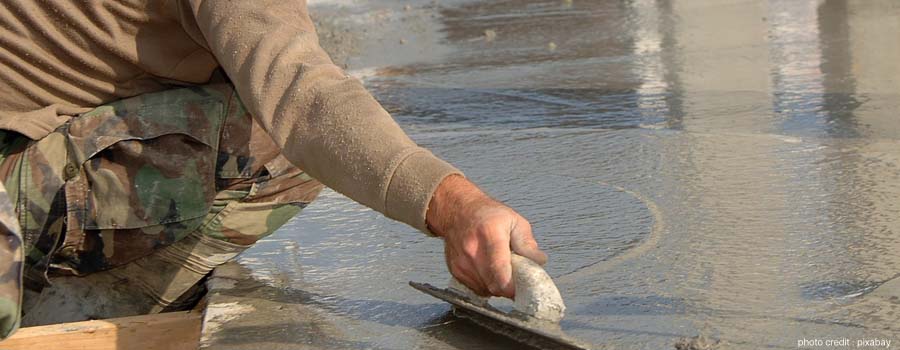Blog Post

Those unfamiliar with the concrete flooring sector may find it challenging to understand the distinctions between concrete and floor screed. We're here to dispel some myths about concrete and floor screeds that are widely held.
What Is Screed?
Screed is not the same as concrete, even though they are frequently mistaken. Screed is a thinner layer of concrete often poured over a base floor to make a smooth floor coating and give a sturdy foundation for the top floor.
The Difference Between Screed And Concrete
In contrast to floor screed, concrete is made using a coarser composition. To attain great toughness and longevity, concrete needs harder, larger particles. The coarser mixture is what gives concrete its long-lasting durability.
Because of this, the vast majority of industrial districts in the UK are built with concrete. It is the most widely used synthetic material worldwide and in the building sector.
Screed, in contrast, employs approximately half the amount of particles used in cement, smoothing out the mixture. Although it is not as resilient by nature as concrete, this is not its main function. Screed is frequently put on top of concrete slabs to lend a finishing touch to flooring in commercial and residential buildings. Concrete slabs are often covered with screed flooring so that carpet, tiles, wood flooring, or resin top coatings can be installed.
Screed is additionally used to colour flooring. If a floor screed is necessary for commercial settings (such as restaurants, universities, etc.), the screed will need to be harder to resist the traffic.
Screed flooring is frequently used inside, such as to cover heating and thermal insulation systems. They are a great substitute for concrete since they are still durable and are smooth enough to accommodate extra flooring (carpet, wood, etc)
The Need For Screeding The Floor
You should screed your floor if you want to cover your underfloor heating and lay a sturdy, smooth foundation for your final floor. Installing the top layer of flooring over an uneven floor could compromise the structural integrity of your home.
Drying Duration
Different factors influence how long it takes for a screed to dry. This includes the thickness and location of the screen. A two-day wait is required for the screed to set before it may be walked on. However, if certain compounds are used, the drying time can be reduced to 16 hours.
It is highly recommended that you leave the screen in place for at least one week before using it in an area prone to considerable foot traffic (or lifting and shifting). The floor's structural integrity may be threatened when heavy pressure is exerted.
Screed floors can be returned to normal activity after a month of curing time.
Final Touch Of Screed
All cement forms (including screed) shrink as they dry or cure. Thus never install your top floor until your screed has shrunk. We recommend waiting a month before applying for the final floor. Early application can cause expensive cracks and splits in the top floor. A skilled concrete contractor can level screed easily. Screed is poured over the area (over pipes if needed) and levelled with a wooden float. Use self-levelling floor screeds. This is faster because it's lighter and easier to spread. Screed floors are a frequent final floor finish. This is frequent in universities, restaurants, and stores. The screed can look sophisticated and attractive in commercial spaces. For more details, contact Save Time Concrete!